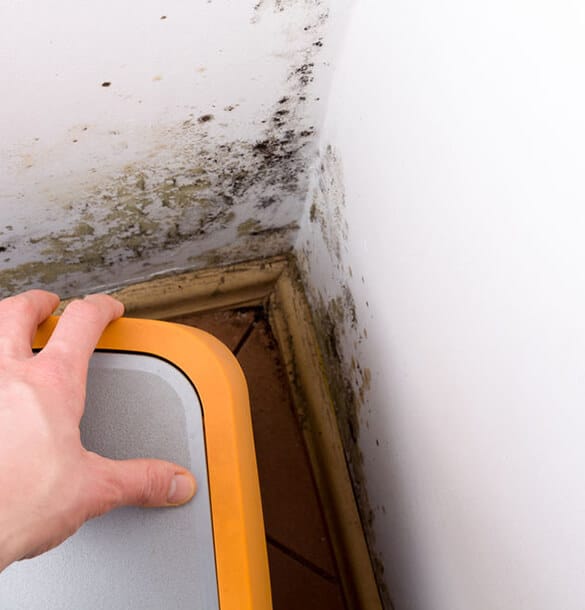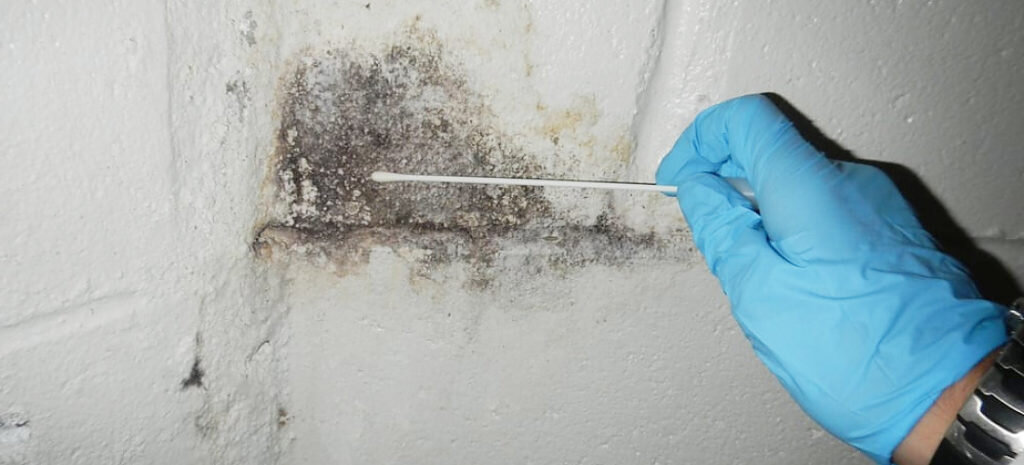Guidance on What to Do After Mold Remediation
Guidance on What to Do After Mold Remediation
Blog Article
Your Ultimate Overview to Article Mold Remediation Methods
In the aftermath of mold and mildew infestation, recognizing exactly how to successfully eliminate the mold and avoid its reoccurrence is critical for keeping a healthy indoor environment. From choosing the best cleansing and disinfecting methods to executing techniques for long-lasting mold and mildew avoidance, each step in the remediation journey plays an essential function in making sure an effective result.
Comprehending Post-Mold Remediation Process
After finishing the mold and mildew remediation procedure, it is essential to understand the post-mold remediation techniques that are necessary to make sure a efficient and detailed cleanup. As soon as the mold has actually been gotten rid of, the following action entails cleansing and sanitizing the impacted areas to protect against any kind of regrowth of mold. This includes using specialized cleaning agents to wipe down surfaces and kill any kind of continuing to be mold and mildew spores. It is crucial to dry the area entirely to discourage the growth of mold in the future (Post Remediation verification). Proper ventilation and dehumidification can aid in this process.
In addition, carrying out a last inspection post-remediation is vital to make certain that all mold has actually been successfully eliminated. If the examination exposes any type of lingering mold and mildew, added remediation might be necessary.
Reliable Cleansing and Decontaminating Methods

Preventing Future Mold And Mildew Development

Significance of Proper Air Flow
Correct ventilation plays an essential role in preventing moisture accumulation, a key consider mold and mildew growth within indoor settings. Reliable ventilation systems help remove excess moisture from the air, reducing the opportunities of mold spores discovering the moisture they require to sprout and spread. Without ample air flow, interior areas can come to be a breeding place for mold and mildew, leading to potential health risks and architectural damage.
By guaranteeing proper air circulation, air flow systems can additionally help in drying out wet locations faster after water damage or flooding events, better discouraging mold and mildew growth. After mold remediation. In areas like shower rooms, basements, kitchens, and attic rooms where dampness degrees often tend to be higher, mounting and keeping efficient ventilation systems is critical in preventing mold and mildew invasions

Tracking and Upkeep Tips
Given the vital role that proper air flow plays in avoiding mold growth, it is critical to establish efficient monitoring and upkeep pointers to guarantee the ongoing performance of ventilation systems. Routine evaluations of air flow systems should be conducted to look for any indicators of blockages, leaks, or breakdowns that can impede proper air movement. Monitoring humidity degrees within the residential or commercial property is additionally vital, as high moisture can add to mold development. Mounting a hygrometer can aid track humidity degrees and alert home owners to any kind of spikes that may require focus. Furthermore, making certain that air filters are frequently cleaned or replaced is important for keeping the effectiveness of the ventilation system. Implementing a timetable for routine upkeep jobs, such as duct cleansing and heating and cooling system examinations, can assist avoid issues before they rise. By staying alert and aggressive to the problem of air flow systems, homeowner can properly minimize the danger of mold and mildew regrowth and keep a healthy and balanced interior atmosphere.
Conclusion
To conclude, post-mold remediation techniques are vital for guaranteeing a secure and clean atmosphere. visit site Understanding the procedure, applying effective cleaning and disinfecting techniques, stopping future mold and mildew growth, preserving correct ventilation, and normal surveillance are all critical action in the remediation process. By complying with these standards, you can effectively eliminate mold and stop its return, advertising a healthy and balanced living or working space for all residents.
In the after-effects of mold invasion, knowing how to efficiently eradicate the mold and prevent its reoccurrence is vital for preserving a healthy indoor atmosphere. As soon as the mold and mildew has been removed, the next step involves cleansing and sanitizing the affected areas to protect against any type of regrowth of mold and mildew - Post Mold remediation cleaning. After getting rid of visible mold and mildew development, it is important to cleanse all surfaces in the afflicted location to eliminate any staying mold and mildew spores. To further boost mold prevention actions, it is crucial to attend visit homepage to underlying issues that initially led to mold development.Provided the important function that correct air flow plays in protecting against mold development, it is vital to develop efficient tracking and maintenance suggestions to make sure the continued performance of ventilation systems
Report this page